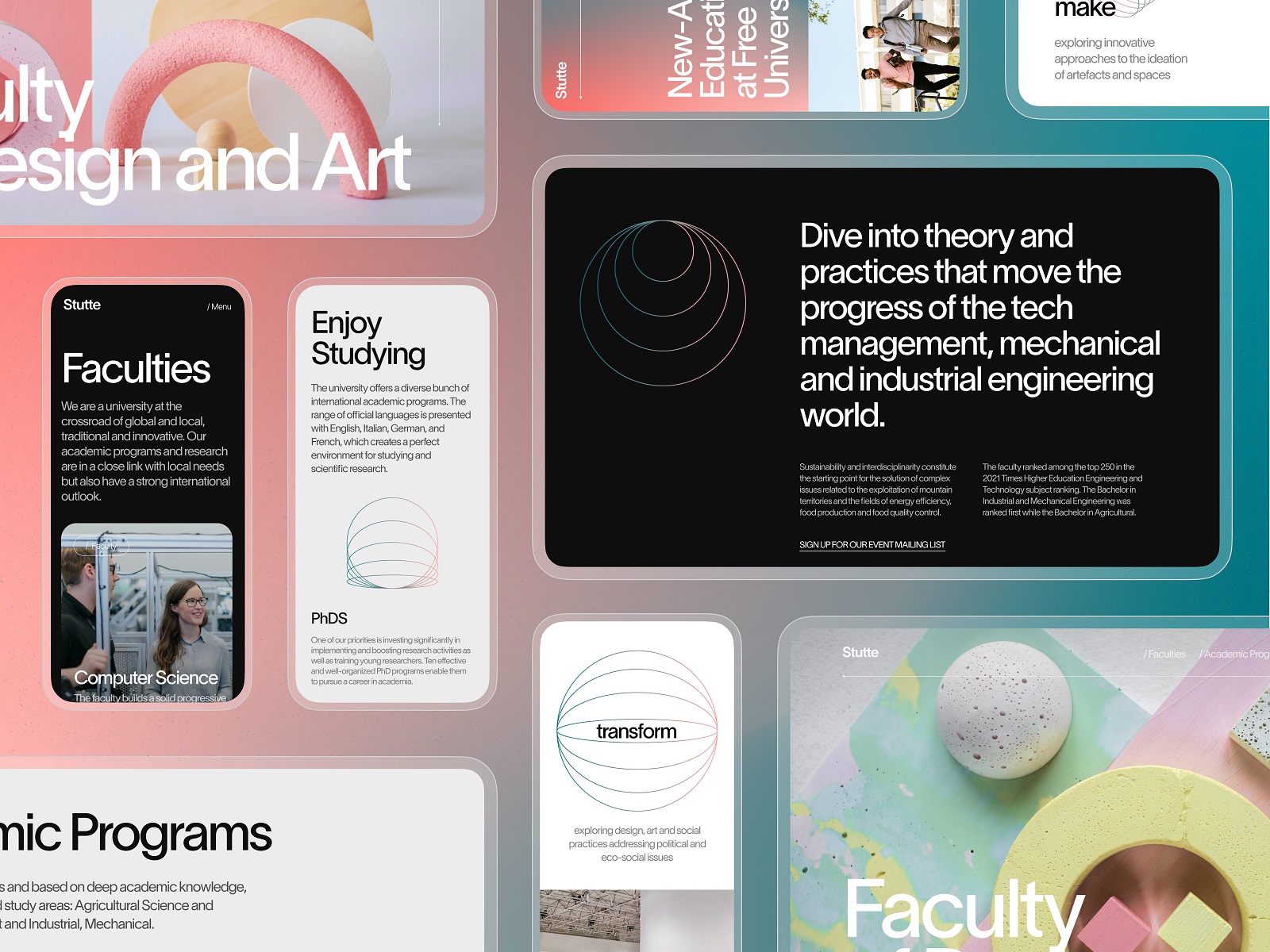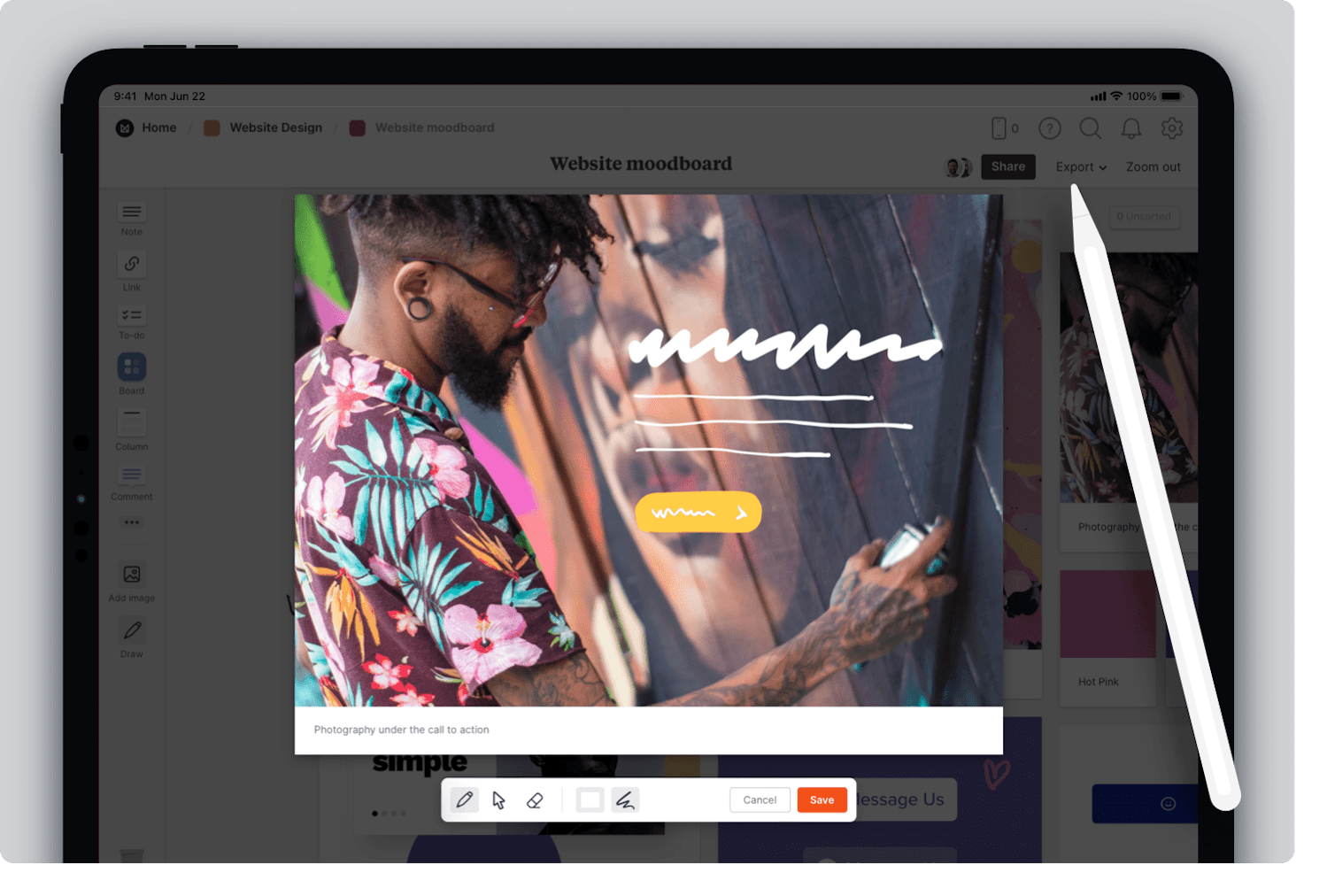Why Website Design in copyright Is Crucial for Your E-Commerce Success
Why Website Design in copyright Is Crucial for Your E-Commerce Success
Blog Article
Achieve Online Success With User-Friendly Web Site Design
In the progressively competitive electronic landscape, the layout of a website can be a critical factor in figuring out a service's success. Straightforward style not just enhances the overall individual experience however additionally affects essential metrics such as retention, interaction, and conversion prices.
Significance of Customer Experience
Individual experience (UX) plays a pivotal duty in the success of a website, as it directly affects individual complete satisfaction and interaction. A favorable UX makes certain that site visitors can navigate the site effortlessly, access information promptly, and total preferred actions, such as authorizing or making a purchase up for a newsletter, without disappointment.
In a digital landscape where competition is intense, an internet site that prioritizes UX can significantly boost brand loyalty and retention. Individuals are more likely to go back to a site that provides a smooth experience, creating a cycle of repeat brows through and raised client life time value. Moreover, effective UX layout can lower bounce rates, as customers are less likely to leave a site that fulfills their needs efficiently.
Moreover, search engines increasingly consider customer experience variables when ranking web sites. Elements such as page tons rate, mobile-friendliness, and user-friendly navigating can impact a website's presence in search results. By concentrating on UX, companies not just enhance client interactions yet additionally improve their on-line visibility and credibility. Therefore, buying individual experience is vital for achieving lasting success in the digital market.
Key Concepts of User-Friendly Style
An effective easy to use style depends upon a number of key principles that improve usability and availability. Firstly is simpleness; a clutter-free interface makes it possible for customers to navigate effortlessly, decreasing cognitive lots. This concept emphasizes the value of concise and clear material, enabling individuals to locate information promptly without unnecessary diversions.
Uniformity is an additional important element. Constant usage of designs, fonts, and shades cultivates experience and builds depend on. Customers need to feel comfy as they discover different sections of the site, recognizing that comparable components symbolize relevant performances.
Reliable typography additionally plays an important function in easy to use style. Readable font styles, ideal sizes, and sufficient spacing ensure that content is quickly legible across various devices. Integrating instinctive aesthetic hierarchies assists users identify crucial details and actions at a look.

Important Features for Navigating
Efficient navigating is crucial for any type of user-friendly web site, as it straight affects the overall individual experience. A well-structured navigating system enables customers to situate information rapidly and efficiently, minimizing irritation and enhancing engagement.
One important function is a instinctive and clear food selection that categorizes material rationally - website design copyright. This menu must be conveniently accessible from every page, typically positioned at the top or on the side of the site. In addition, including breadcrumb navigation assists individuals understand their location within the site pecking order and makes it simpler to backtrack
Browse functionality is another important part, allowing customers to locate details material without sorting via numerous pages. This feature needs to be prominently shown and receptive to variants in input.
Moreover, a mobile-responsive style ensures that navigating stays smooth throughout gadgets. As mobile usage remains to rise, food selections must adapt to various display sizes without endangering performance.
Lastly, aesthetic hints such as highlighting the energetic page and using hover effects can boost individual interaction. By incorporating these vital features, internet site designers can create a navigational experience that is not just easy to use but likewise encourages expedition and retention.
Availability Considerations
Access considerations are indispensable to producing a straightforward site that provides to all individuals, despite their handicaps or capabilities (website design copyright). Internet sites should be made to guarantee that customers with visual, auditory, cognitive, or electric motor problems can engage with material properly. This begins with adherence to the Web Web Content Ease Of Access Standards (WCAG), which give a framework for making digital material extra accessible
Secret techniques consist of making use of detailed alternative message for images, ensuring color comparison ratios satisfy access standards, and supplying inscriptions for multimedia components. In addition, the navigation should be intuitive, enabling individuals to tab with links and interactive aspects quickly. Carrying out key-board navigation is critical for those unable to use a mouse.
Additionally, clear and concise language improves understanding for customers with cognitive limitations. Types need to be straightforward, with labels and directions that are simple to comprehend. Routine access screening, including user feedback from people with handicaps, can aid improve and recognize obstacles functionality.
Measuring Layout Success

User feedback studies and use screening are essential in evaluating the efficiency of style elements. These approaches enable designers to collect straight input from users, identifying discomfort points and locations for enhancement. Furthermore, tracking heatmaps can disclose where individuals click most frequently, aiding to notify layout changes and material prioritization.
Analytics tools play an important duty in determining design success by giving data-driven insights. As an example, Google Analytics can track individual behavior, exposing patterns that indicate whether the style is impeding the individual or facilitating journey. Eventually, a successful web site style not just fulfills organization purposes but likewise cultivates a seamless and enjoyable customer experience, driving engagement and commitment with time. Consistently revisiting these metrics makes sure that the internet site develops in positioning with customer demands and industry best methods.
Conclusion
Focusing on individual experience via simpleness, intuitive navigating, and efficient responses systems not only boosts individual involvement and contentment but additionally promotes brand name loyalty. Including necessary navigating features and accessibility factors to consider further makes sure that all users can effectively communicate with the website.
Web sites have to be made to make sure that users with aesthetic, auditory, cognitive, or motor impairments can engage with material efficiently.Gauging design success includes evaluating exactly how properly a site satisfies its intended goals while giving a positive individual experience. Google Analytics can track customer behavior, exposing patterns that suggest whether the layout is helping with or preventing the user journey. Eventually, an effective web site design not just meets company goals yet also fosters a smooth and delightful user experience, driving interaction and commitment over time. Focusing on user experience through simplicity, user-friendly navigating, and reliable responses mechanisms not only enhances user involvement and top article fulfillment however also promotes brand name commitment.
Report this page